Year 3 Teaching Resources
Explore printable worksheets, digital activities, games and more Year 3 resources, all aligned to the Australian curriculum! The teacher-created resources have all been designed with primary teachers and students in mind to meet the special needs of children as they transition into the middle years of their primary school education.
Carefully curated and thoroughly reviewed by the expert teachers of the Teach Starter team to ensure they're classroom-ready, our Year 3 resources can save you lesson planning time this school year with editable and differentiated options at the ready.
Teach Starter’s Year 3 resources utilise a vast array of resource types and have something for every learning area. Here's just a taste of what you'll find for your classroom!
- Spelling words and English worksheets
- Fractions activities and Maths worksheets
- Social and emotional learning activities
- Narrative writing stimuli
- Language conventions practice
- And so much more!
Are you new to teaching Year 3? Here's a look at what this year of primary school is all about!
What Is Year 3 in Australia?
Year 3 sits right in the middle of primary school for most students in Australia as the fourth year of compulsory education.
How Old Are Kids in Year 3?
The exact age of students will vary slightly by state (and birthday!), but most children in your Year 3 class will be 8 to 9 years old.
What Do Students Learn in Year 3?
Year 3 is a big one for Australian students. Many will sit the NAPLAN tests, and more than a few will hit double digits before the year is through. This is a big year for Maths between the introduction of more complex fractions and formal multiplication, as well as even more skill-building in other learning areas.
Exactly what they're expected to learn will depend to some degree on the state or territory where you are teaching, but here's a look at what your students can expect to encounter in the key areas of the curriculum!
English
Year 3 students continue to develop their reading, writing, speaking, and listening skills in their English lessons. Reading will involve more complex texts, including longer novels, non-fiction texts, and poetry.
Students will also be expected to analyse these texts more deeply, examining themes, character development, and literary techniques. Comprehension skill-building will require deeper analysis of texts and drawing inferences from what is read.
While Year 2 instruction focuses on basic writing skills such as sentence structure and punctuation, this older group of students will move toward more advanced writing skills such as paragraphing, using descriptive language, and organising ideas in a logical way.
Grammar and spelling will also become a greater focus this year, with an emphasis on understanding and applying more complex grammar rules and spelling patterns.
Maths
Fractions feature front and centre of the Year 3 Maths curriculum. Students will learn to identify, compare, and order unit fractions (those being fractions with a numerator of 1), as well as use them in simple problem-solving contexts.
We already alluded to this being a big year for multiplication, and is it ever! Year 3 students learn the basic multiplication facts — such as 2 x 2 = 4 and 3 x 3 = 9 — and they begin to use these facts to solve multiplication and division problems. They also learn to interpret and create simple multiplication and division problems.
Students will have the chance to build upon their understanding of measurement concepts from Year 2, including length, mass, and capacity. They'll learn to measure and estimate using standard units, plus how to compare and order measurements.
Maths students will expand their knowledge of 2D shapes this year, and they will begin to learn about three-dimensional shapes and their properties.
Place value is still a big part of maths, of course. Year 3 students expand their understanding of place value to include numbers up to 10,000, and they learn to read, write, and compare four-digit numbers. They also learn to use place value to solve addition and subtraction problems.
Science
Science instruction in Year 3 is more focused on building a deeper understanding of scientific concepts and their applications, as compared to Year 2. It also emphasises the development of scientific inquiry skills that will help kids become more proficient in conducting scientific investigations and communicating their findings.
Students in Year 3 learn to ask questions, plan and conduct investigations, collect and record data, and communicate their findings as part of their development of science inquiry skills. They spend a portion of the year learning about the characteristics of living things, including plants and animals. Year 3 students will have the chance to explore the life cycles of plants and animals, as well as learning about the needs of living things and their habitats.
While they're learning about things that live on Earth, they're also learning about the planet itself, exploring geological features such as rocks, soil, and minerals. They also explore heat energy and how it can be transferred from one object to another.
Last, but certainly not least, Year 3 students learn about the properties and states of matter, including solids and liquids (gasses are explored later on in primary school).
Humanities and Social Sciences
Building on the foundation set in Year 2, Year 3 HAAS lessons build a deeper understanding of historical events and concepts, as well as exploring the social and economic systems that underpin Australian society.
Students learn about the historical events, people, and places that have shaped Australia's history. They explore the concept of change and continuity over time and learn to use historical sources to investigate the past. Students also study significant cultural events celebrated in our country and how they contribute to Australia's diversity and identity.
Geography instruction will guide students as they learn about the physical and cultural characteristics of places and regions. They'll learn more about the representation of Australia as states and territories, and as Countries/Places of First Nations Australians. Students will also begin exploring Australia's neighbours such as New Zealand, Papua New Guinea, and Indonesia.
Civics instruction sees Year 3 students strengthening their understanding of what it means to live in a democratic society. They will draw upon their own personal experiences to examine why rules are important and to discuss how they can be active participants in the communities to which they belong.
Health and Physical Education
With their bodies rapidly changing, Year 3 students learn about the factors that influence their health and wellbeing, including the importance of good nutrition, hygiene, and sleep. They also learn about social and emotional health, including how to manage their feelings, develop positive relationships, and make safe and healthy choices.
In Year 3, there are a number of different types of safety on tap in lessons, including road safety, water safety, and personal safety. They develop an understanding of risk and learn strategies for staying safe in different situations.
Year 3 students also learn about the importance of being active and informed citizens in their community. They learn about the benefits of volunteering and begin to develop an understanding of the responsibilities and rights of individuals in society.
The Arts
In Year 3, students develop more advanced skills in drawing, painting, and other visual arts techniques. This includes studying the elements of art — such as line, shape, colour, and texture — and beginning to use these to create more complex artworks.
In music class, these children are learning all about musical notation and how to read and write simple music, while drama instruction explores different forms of drama, including role-playing, improvisation, and scripted performance. Students get the chance to learn about the elements of drama, such as character, plot, and setting, and begin to use these to create their own dramatic works.
- Plus Plan
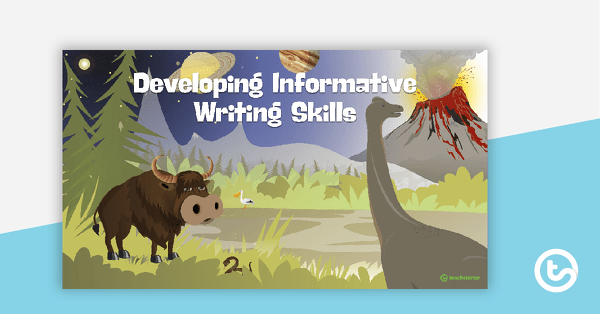
Developing Report Writing Skills Teaching Slides
Use this slide deck to teach your students about the purpose, structural elements and language features of information reports.
- Plus Plan
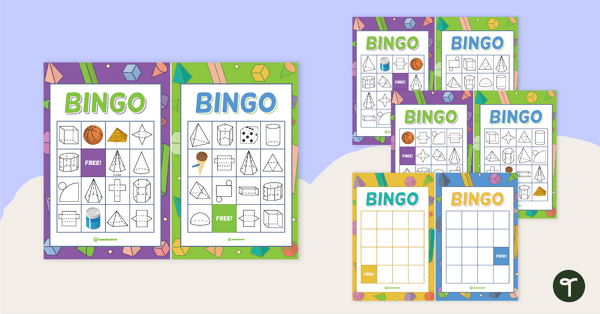
3D Object Bingo
Learn the names of the most common 3D objects with this whole-class Bingo game.
- Plus Plan
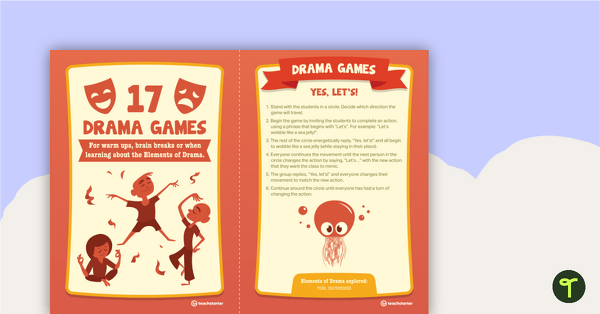
Drama Game Task Cards
A set of 17 activity cards with instructions for drama games.
- Plus Plan

An Introduction to Aboriginal Art PowerPoint
A 54 slide editable PowerPoint to use in the classroom when learning about Aboriginal art.
- Plus Plan
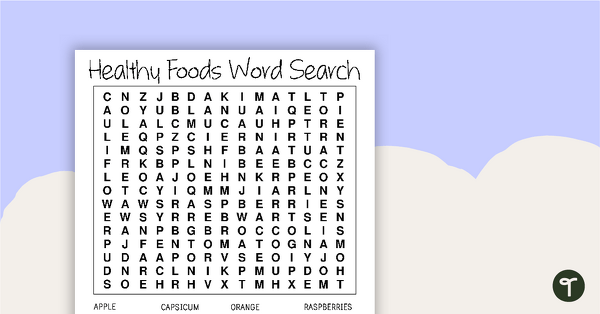
Healthy Foods Word Search
Healthy foods made fun with this Word Search.
- Plus Plan
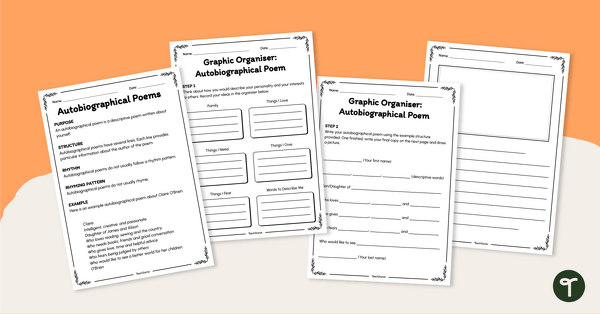
Write an Autobiographical Poem Worksheet
Set your students up for success when writing an autobiographical poem with this set of scaffolded, easy-to-follow worksheets.
- Plus Plan
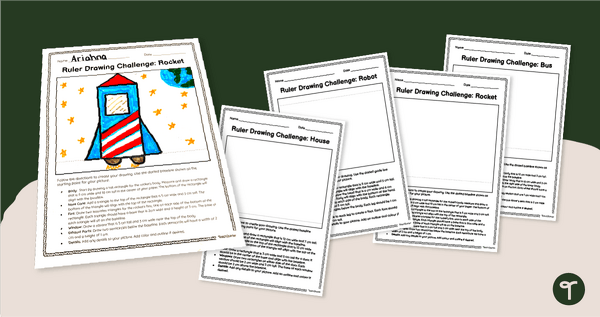
Measuring Length Drawing Challenge Worksheeets
Make learning to use a centimetre ruler fun with an engaging set of Measurement Drawing Challenge Worksheets.
- Plus Plan
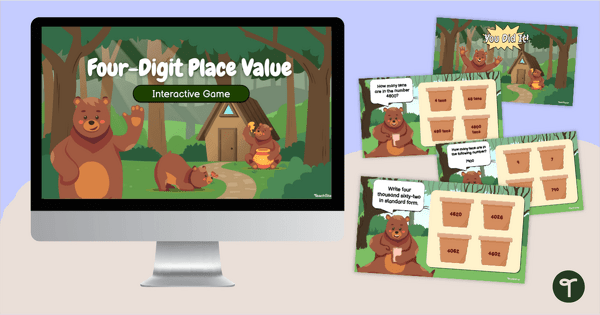
4-Digit Place Value Game - Interactive Activity
Consolidate knowledge of Year 3 place value concepts with an interactive 4-Digit Place Value Game.
- Plus Plan
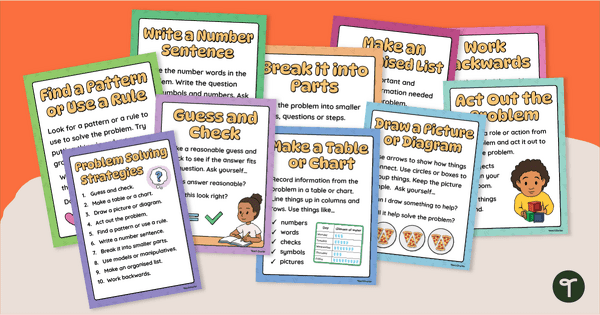
10 Problem Solving Strategies Posters
Boost problem solving skills and remind your students to use their strategies with our Word Problem Solving Strategy Posters.
- Plus Plan
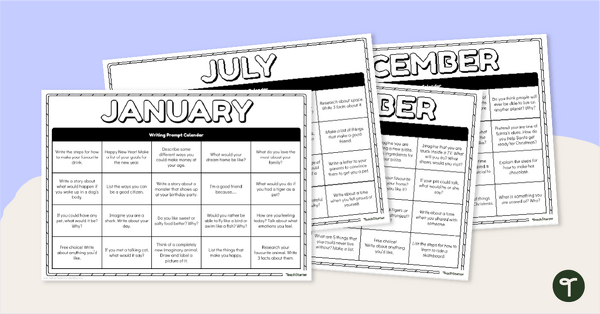
Creative Writing Prompt Choice Boards - Lower Primary
Encourage your little learners to write with fun writing prompts for years 1 and 2.
- Plus Plan
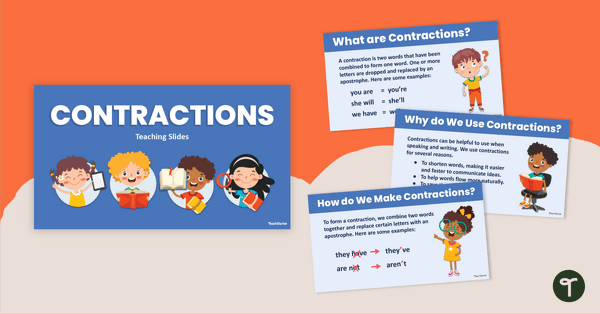
Introduction to Contractions Teaching Slides
Teach students about contractions with this engaging set of teaching slides.
- Plus Plan
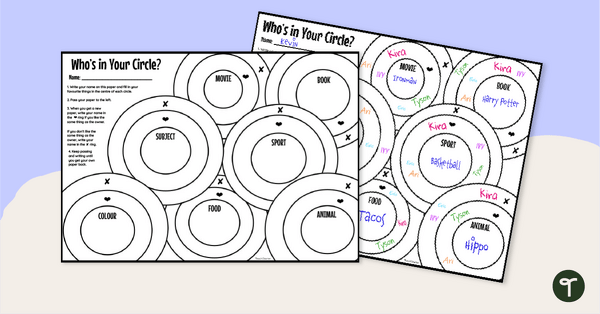
Who’s in Your Circle? Icebreaker Activity
Help your students find like-minded friends on the first day of school with a ‘Who’s in Your Circle?’ icebreaker activity.
- Plus Plan
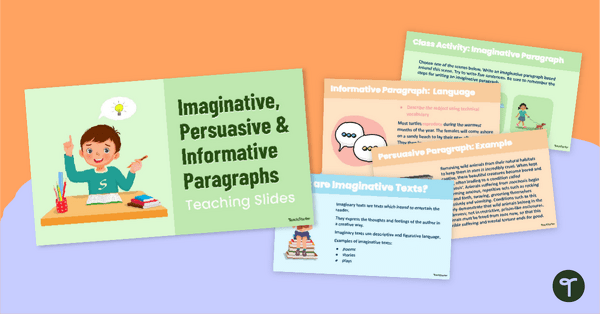
Imaginative, Persuasive and Informative Paragraphs Teaching Slides
Learn about the different structures of imaginative, persuasive and informative paragraphs.
- Plus Plan

Persuasive Devices Crossword
Familiarise your students with the most common persuasive devices with an engaging crossword puzzle.
- Plus Plan
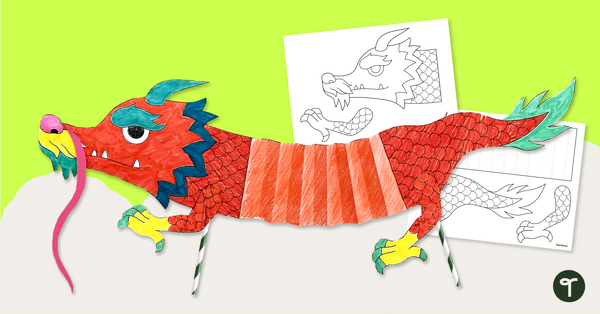
Chinese Dragon Puppet – Craft Activity
Bring the Chinese dragon to life with this dragon puppet craft activity.
- Plus Plan
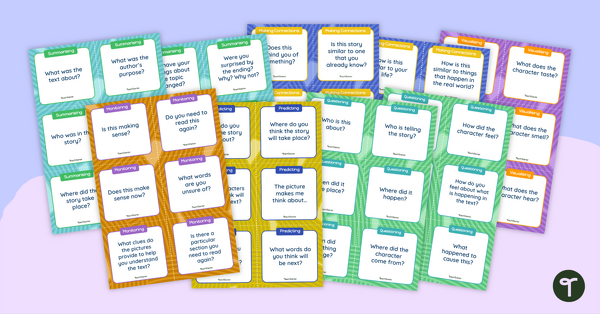
Super Six Reading Comprehension Question Cards
Help students with six different comprehension skills with this set of super 6 comprehension task cards and mats.
- Free Plan

Paired Passage Worksheets-Mammals vs. Reptiles
Compare mammals vs. reptiles and add to your reading instruction with leveled nonfiction, compare and contrast passages, and worksheets.
- Plus Plan
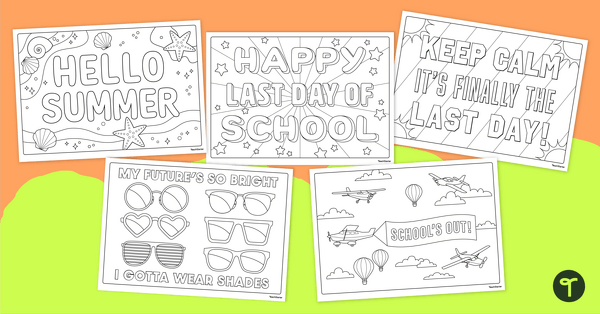
Easy Colouring Pages for End-of-Year
Grab a Last Day of School Colouring Page pack to calm your end-of-year classroom chaos!
- Free Plan
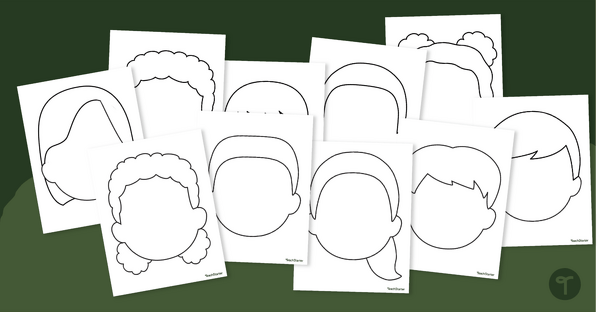
Free Blank Face Template Pack
Use these free blank face templates to create fun back-to-school art celebrating the individuality and diversity of your new students!
- Plus Plan
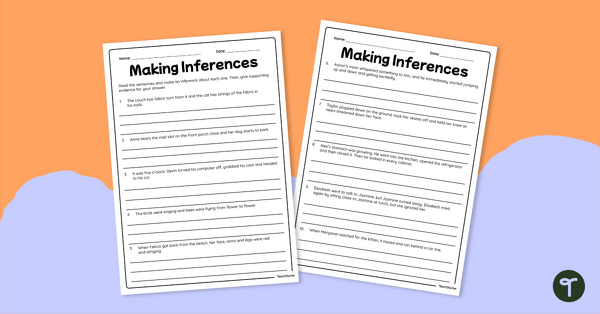
Inferencing Worksheet
Use this worksheet with your students when teaching them how to make an inference.
- Plus Plan
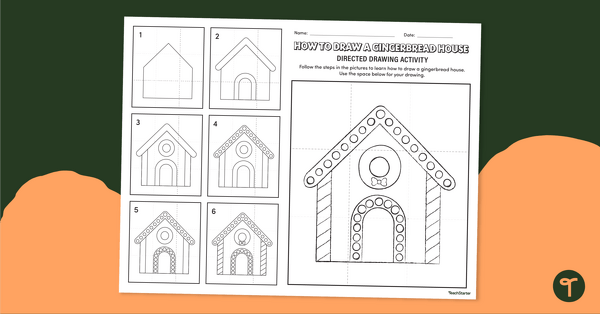
How to Draw a Gingerbread House Directed Drawing
Teach your students how to draw a gingerbread house with a printable guided drawing worksheet.
- Plus Plan
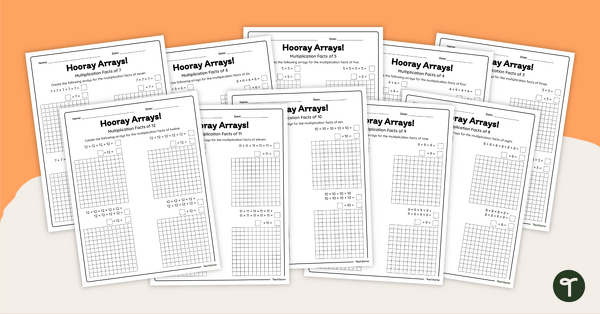
Hooray Arrays! Multiplication Worksheet Pack
Download this set of array worksheets to use when teaching your students how to relate addition and multiplication.
- Plus Plan
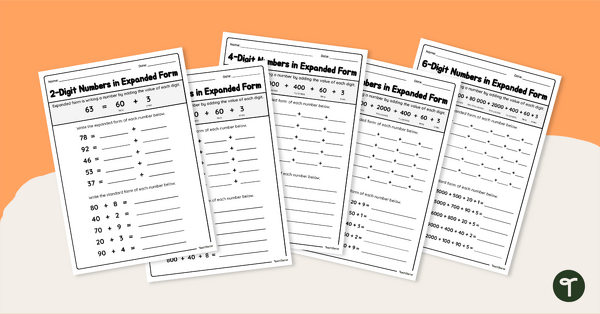
Expanded Form Worksheet Pack
Practise expanding 2-digit to 6-digit numbers with this set of 5 worksheets.
- Plus Plan

Dot Day Pointillism Art Activity
Celebrate Dot Day and introduce your students to the artistic style of Pointillism with an exciting dot art project.
- Plus Plan
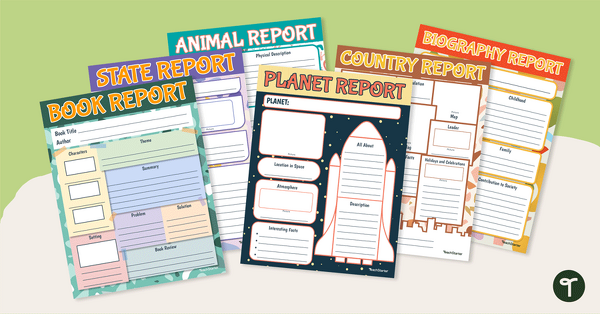
Let's Research! Information Report Templates
Conduct, organise, and display research about books, people, planets, animals, states, and countries with a versatile set of report writing templates.
- Plus Plan
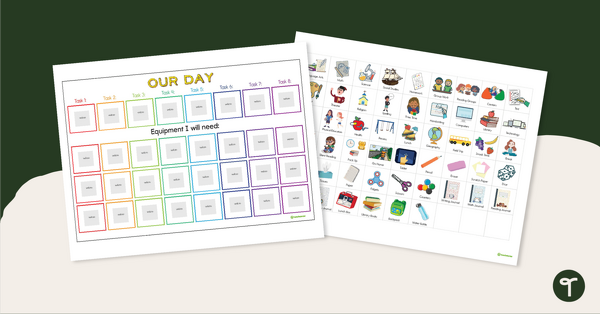
Visual Daily Timetable and Equipment List for Students
Provide a visual schedule for specific students with this desk template.
- Plus Plan
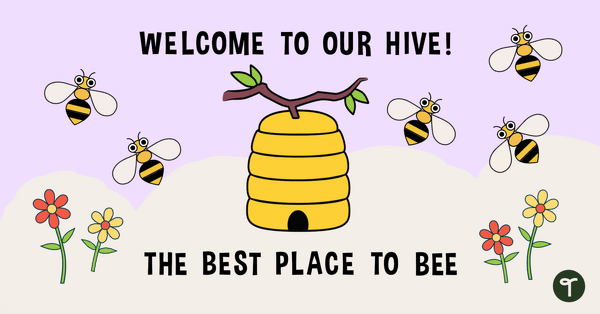
Welcome to our Hive - Bee-Themed Classroom Decor
Get students excited about BEE-ing in their new classroom with this bee-themed classroom display.
- Plus Plan
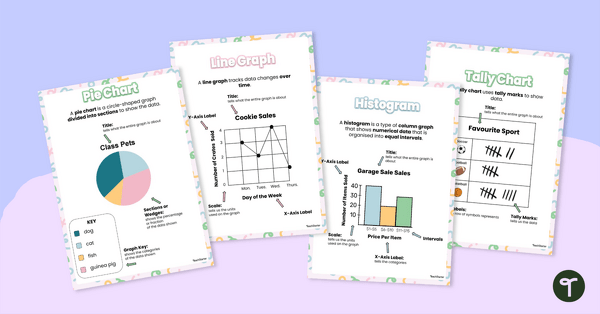
Types of Graphs Posters
This colourful and easy-to-digest visual display shows students the varying data displays they will encounter in their primary maths lessons.
- Plus Plan
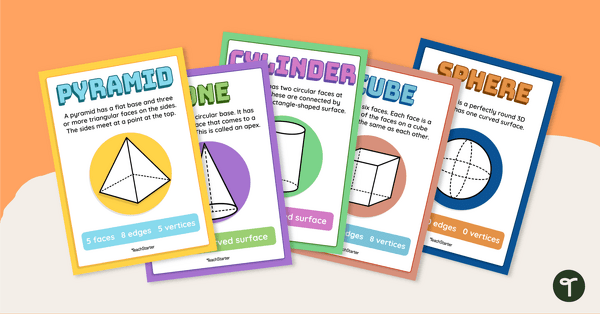
Properties of 3D Objects - Poster Set
Help your students identify the names and properties of common 3D objects with this set of five classroom posters.
- Plus Plan
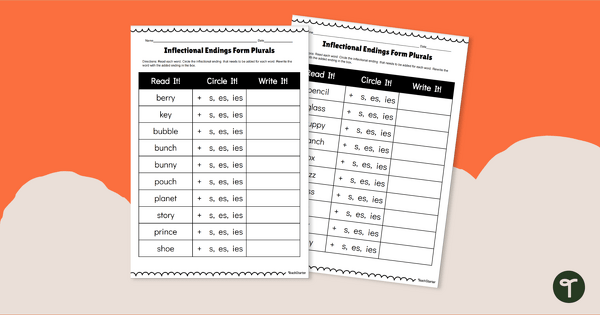
Spelling Words with -s, -es, and -ies Worksheets
Practise using the inflectional endings -s, -es, and -ies with a pack of printable spelling worksheets.
- Plus Plan
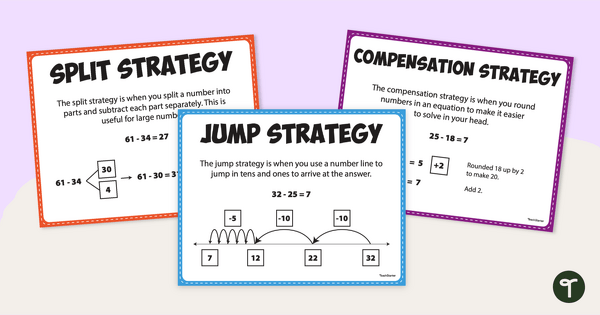
Basic Subtraction Strategies Posters
Remind your students to use different subtraction strategies with a set of printable subtraction anchor charts.
- Free Plan
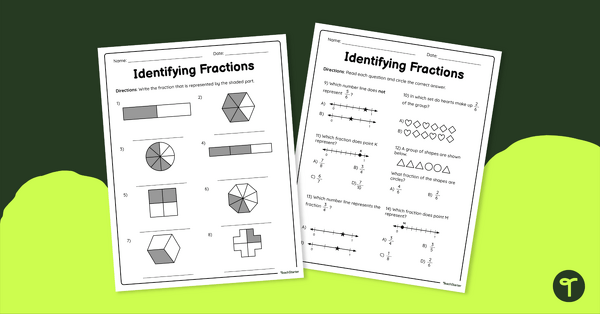
Identifying Fractions – Worksheet
Strengthen student understanding of fraction models, how to identify fractions on a number line and determine a fraction of a collection with this free worksheet.